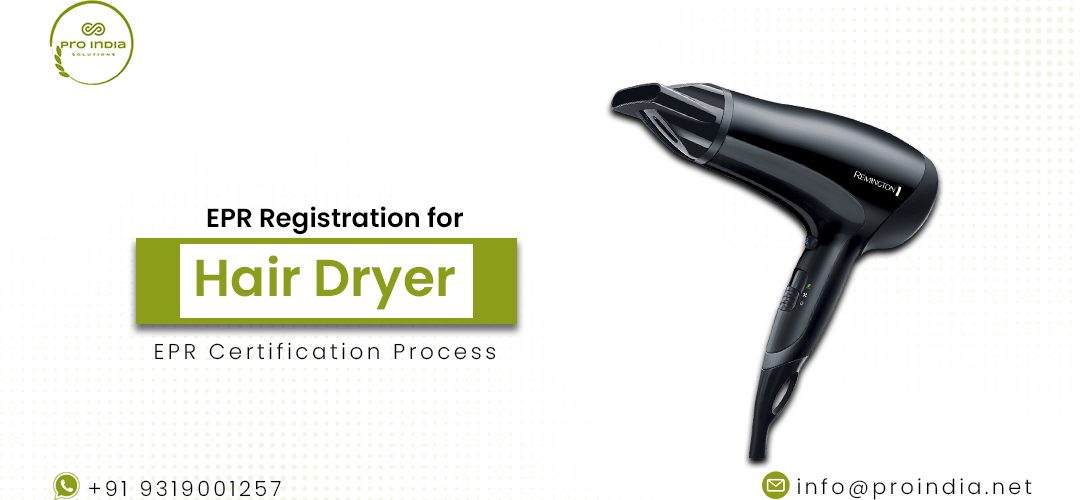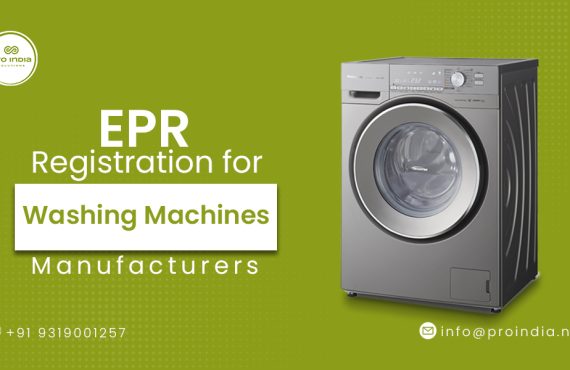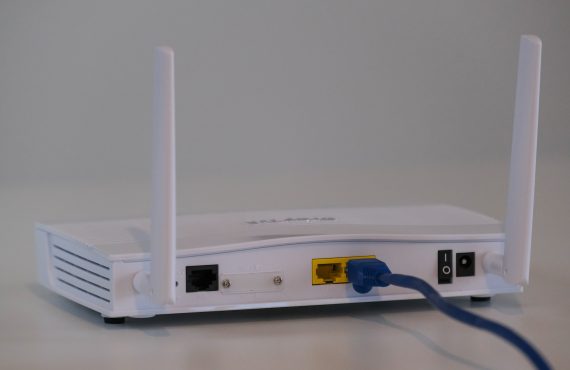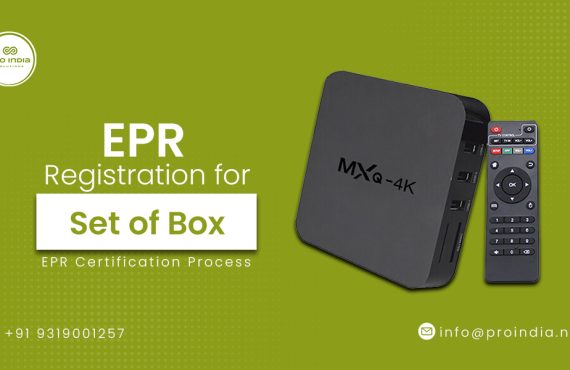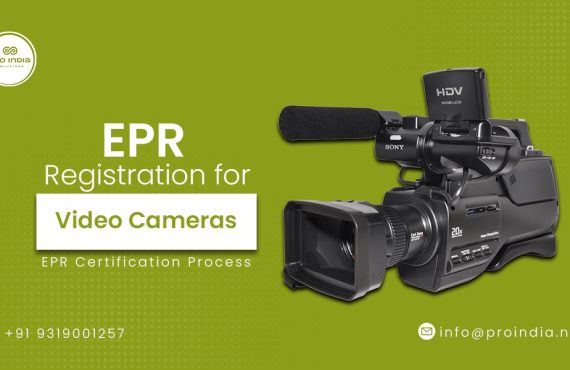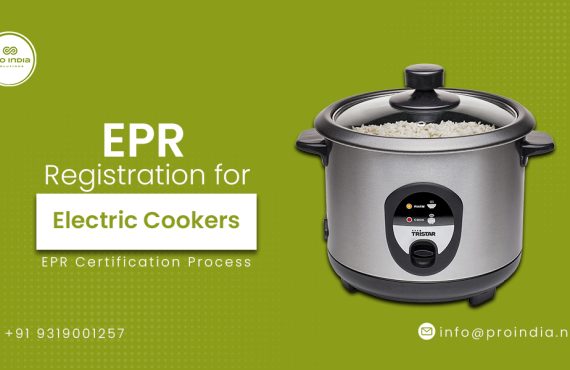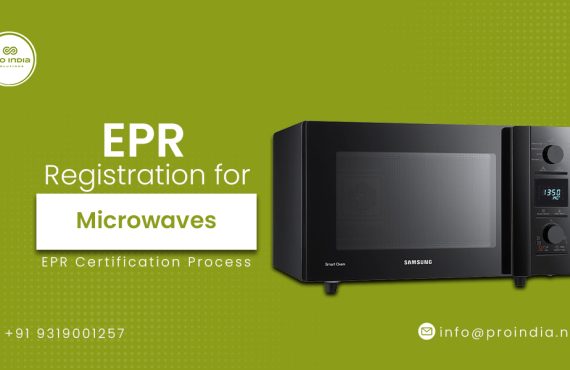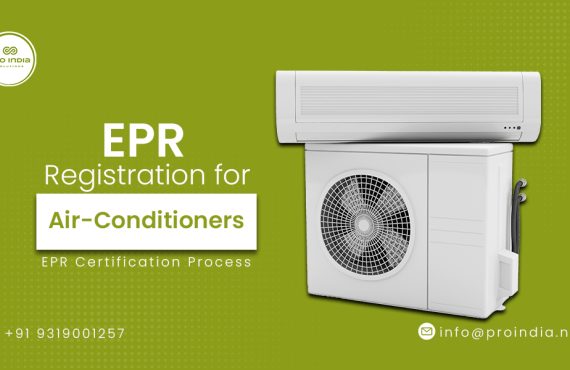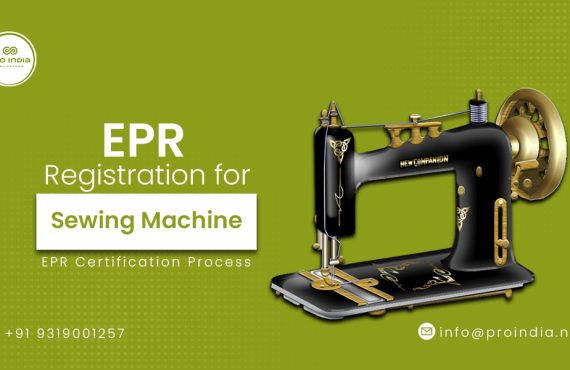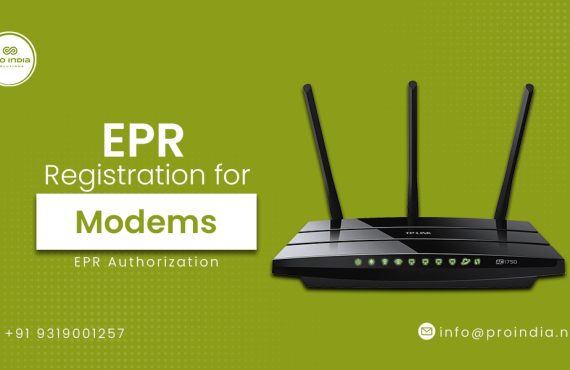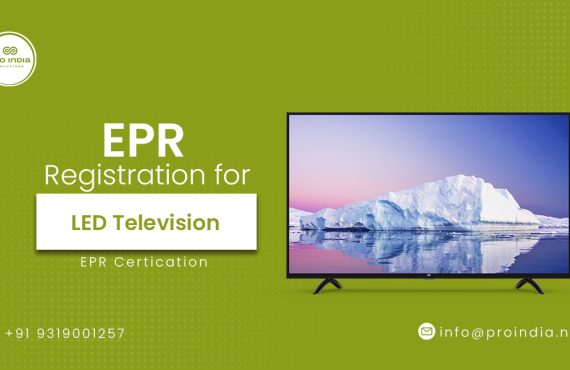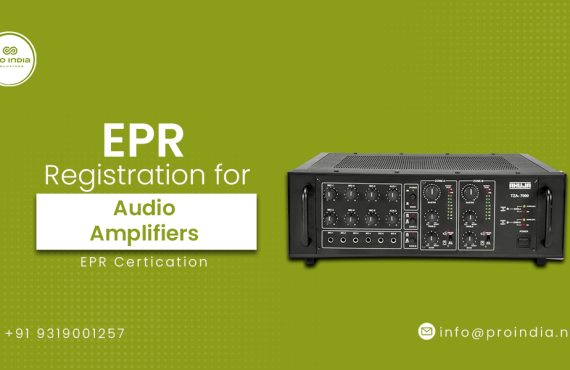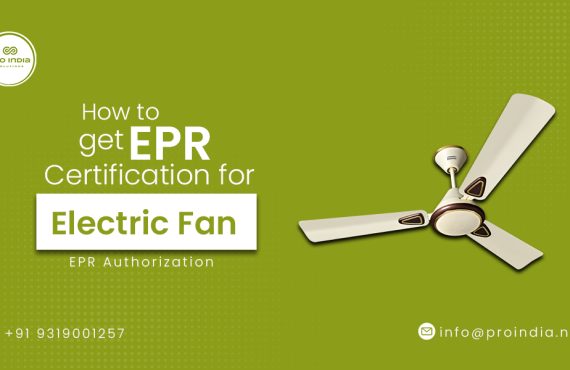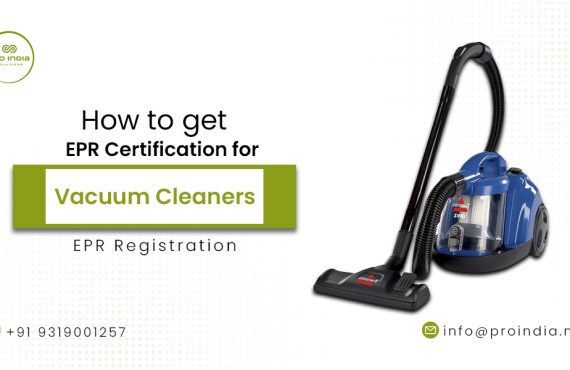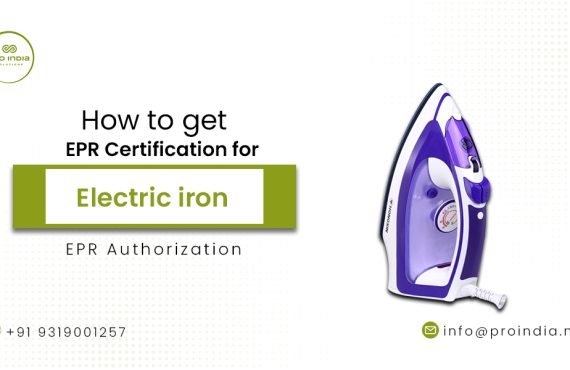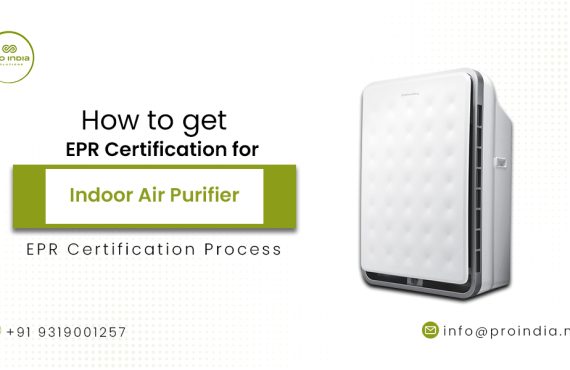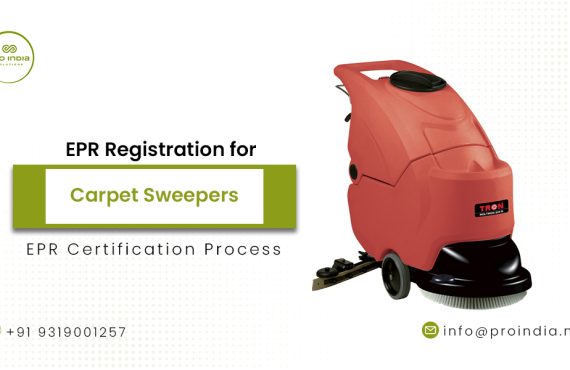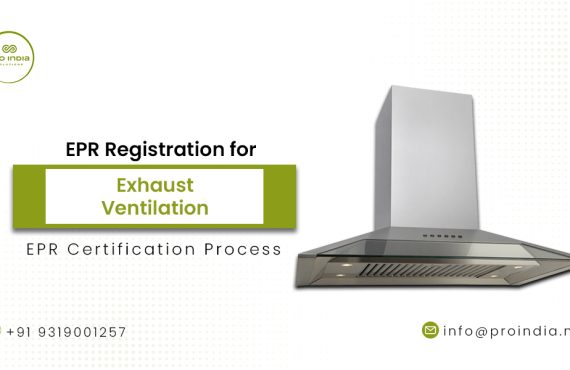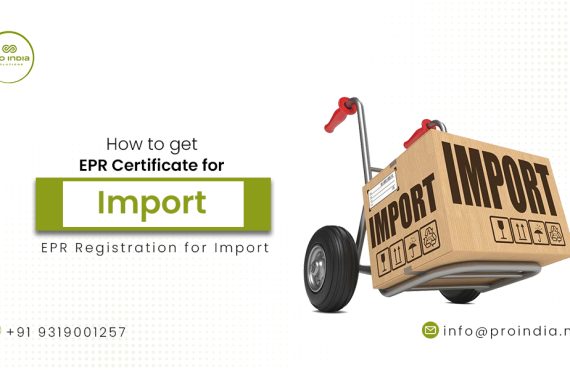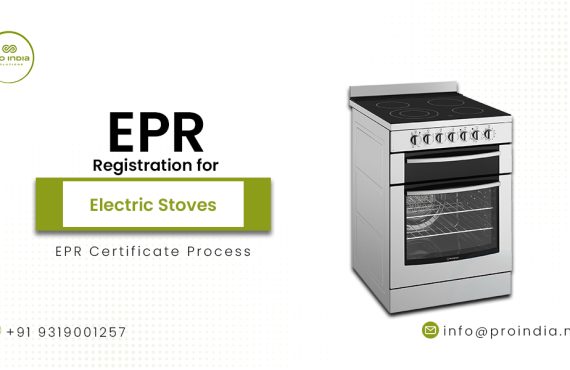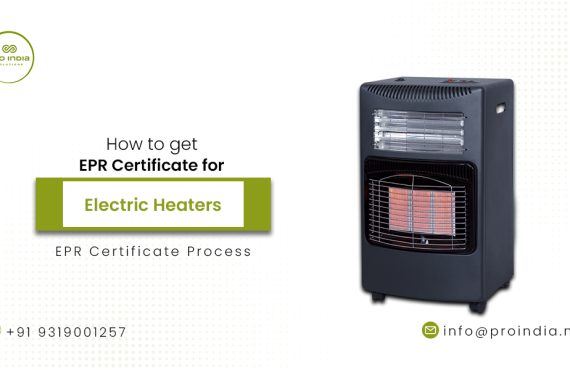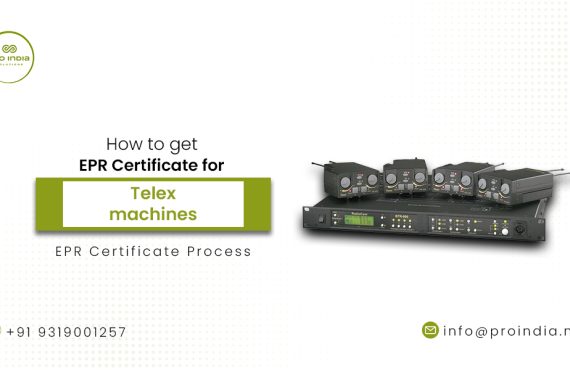Introduction:
Environmental sustainability is a significant issue in today’s society, with an increased focus on waste reduction and encouraging responsible consumption. Extended Producer Responsibility (EPR) is a regulation idea that seeks to transfer responsibility for waste management from consumers to goods producers and importers. We’ll go into the world of EPR registration in this article, focusing on hair dryers especially. We will investigate the justifications for EPR, the advantages it offers, and how it affects the hair dryer sector.
- Understanding EPR Registration for Hair Dryers
- This section provides a comprehensive explanation of EPR Registration and its purpose specifically for hair dryers. You outline the benefits that EPR Certification offers for hair dryer manufacturers and sellers, such as compliance with environmental regulations and improved market reputation.
- Environmental Impact of Hair Dryers
- In this section, you delve into the environmental impact of hair dryers. You discuss energy consumption and efficiency considerations, highlighting the importance of using energy-efficient models. Additionally, you explore the materials used in hair dryers and their environmental implications, encouraging manufacturers to opt for sustainable and eco-friendly materials.
- Legal and Regulatory Framework
- Here, you provide an overview of the relevant laws and regulations governing the hair dryer industry. You discuss the environmental compliance requirements that manufacturers and sellers need to adhere to, such as restrictions on hazardous substances and labeling obligations. This section helps readers understand the legal context in which EPR Registration operates.
- Key Steps in the EPR Certification Process for Hair Dryers
- This section breaks down the EPR Certification process into a series of key steps. Each step is explained in detail, including research and familiarization with EPR requirements, documentation and compliance preparation, application submission and review process, audit and verification procedures, and the issuance and validation of the EPR Certificate. By providing a step-by-step guide, readers gain a clear understanding of what to expect during the certification process.
- Ensuring Environmental Compliance in Hair Dryer Manufacturing
- In this section, you focus on the actions manufacturers can take to ensure environmental compliance in their hair dryer manufacturing processes. You discuss sustainable design and manufacturing practices, such as using recyclable materials and reducing energy consumption. Additionally, you explore energy efficiency measures and technology innovations that manufacturers can adopt to minimize the environmental impact of their products.
- Responsibilities and Best Practices for Hair Dryer Sellers
- This section addresses the responsibilities of hair dryer sellers in ensuring environmental compliance. It emphasizes the importance of selling only compliant and authorized products. You also discuss the role of sellers in educating consumers about the environmental impact of hair dryers and promoting responsible use and disposal practices.
- Collaboration with EPR Registration Agencies
- Here, you discuss the significance of collaborating with recognized EPR Certification bodies. You explain the process of choosing and engaging with these agencies, highlighting the importance of selecting reputable and accredited organizations. This section also touches on understanding accreditation standards and the validity of EPR Certification.
- Challenges and Solutions in EPR Registration for Hair Dryers
- In this section, you address common obstacles and challenges that hair dryer manufacturers and sellers may encounter during the EPR Registration process. You provide solutions and strategies for overcoming these challenges, ensuring a smoother and more successful certification experience.
- How to get an epr certificate for a hair dryer:
- Obtaining an EPR certificate for a hair dryer involves a systematic process that ensures the product meets the necessary safety standards. The EPR certificate serves as proof that the hair dryer complies with electrical safety regulations, giving consumers confidence in its reliability and performance.
To begin the certification process, it is crucial to engage a reputable testing and certification agency that specializes in electrical product compliance. These agencies have the expertise and knowledge to guide manufacturers and importers through the necessary steps.
The first step is conducting thorough product testing. This involves subjecting the hair dryer to various electrical and safety tests to assess its performance, stability, and resistance to potential hazards. These tests may include electrical insulation, overheating, power consumption, electromagnetic compatibility, and other relevant assessments. It is essential to comply with specific regional or international standards, such as IEC standards, to ensure global marketability.
Once the hair dryer passes the testing phase, the next step is preparing the required documentation. This documentation typically includes technical specifications, test reports, circuit diagrams, user manuals, and any other relevant information related to the hair dryer’s design and operation. These documents demonstrate compliance with safety requirements and provide detailed information for regulators and consumers.
After compiling the necessary documents, they need to be submitted to the certification agency along with the application for the EPR certificate. The agency reviews the documentation and conducts an audit to ensure all requirements are met. They may also conduct on-site inspections of the manufacturing facilities to verify quality control measures.
Once the certification agency is satisfied with the compliance and safety of the hair dryer, they issue the EPR certificate. This certificate is valid for a specified period and needs to be renewed periodically to maintain compliance with evolving regulations.
Having an EPR certificate for a hair dryer offers numerous benefits. It helps manufacturers and importers gain market access by demonstrating their commitment to safety standards. It also builds consumer trust, as they can rely on the hair dryer’s safety and quality. Additionally, an EPR certificate may be required by retailers or regulatory authorities for distribution or importation purposes.
Conclusion:
In conclusion, EPR registration plays a crucial role in promoting environmental sustainability and reducing waste in the hair dryer industry. By shifting the responsibility to manufacturers and importers, EPR encourages them to adopt more eco-friendly practices, improve product design for recycling, and establish effective waste management systems. Embracing EPR not only benefits the environment but also enhances brand reputation, fosters innovation, and contributes to a circular economy. As consumers, we can support this movement by choosing hair dryers from companies that comply with EPR regulations and by responsibly disposing of our old appliances.
Contact our expert now to meet your compliance requirements


